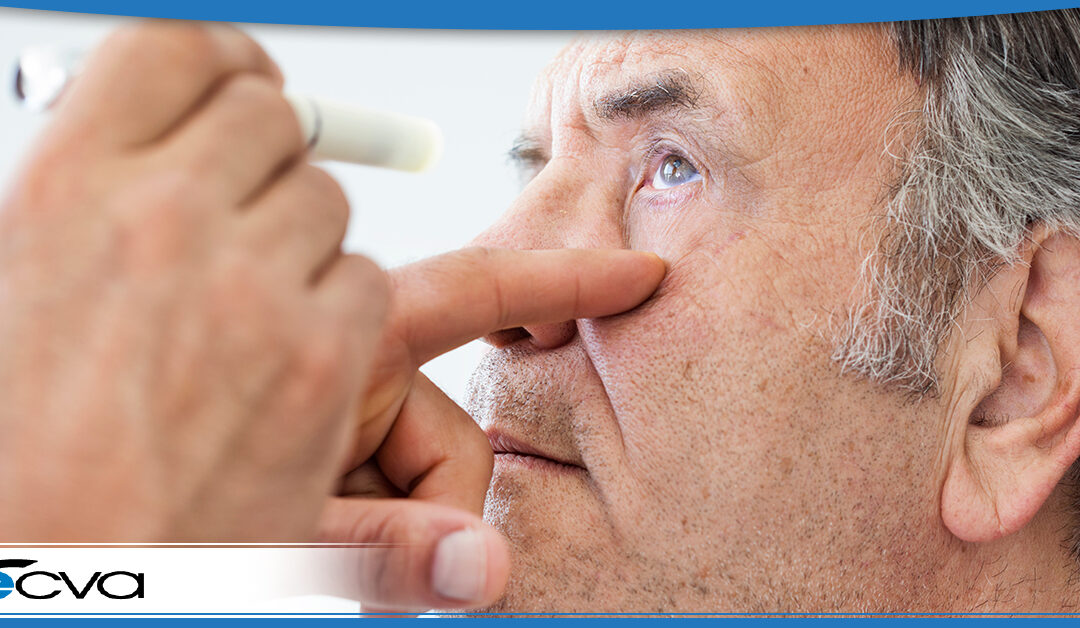Vision plays a crucial role in everyone’s daily lives. But over time, age-related eye problems may arise, affecting a person’s ability to see clearly and perform common tasks. If you’d like to know about some common age-related eye problems, their causes, symptoms, and potential management strategies, here’s what you need to know.
Presbyopia
Presbyopia is one of the most common age-related eye problems. This condition is the result of the loss of elasticity in the lens, making it difficult to focus on nearby objects. People with presbyopia may experience eyestrain, headaches, and might start holding reading materials away from them to improve clarity. Fortunately, presbyopia can be easily managed with reading glasses, bifocals, or multifocal contact lenses.
Cataracts
Cataracts are another prevalent eye problem among older adults. They occur when the natural lens of the eye becomes cloudy, leading to blurry vision, faded colors, and increased sensitivity to glare.
Although cataracts are a natural part of aging, certain risk factors can increase the likelihood that they’ll occur. For example, smoking, excessive sunlight exposure, and diabetes can accelerate the development of cataracts.
In many cases, cataracts can be treated with surgery. The procedure involves replacing the cloudy lens with an artificial one, and the artificial lens restores clear vision. However, if symptoms are mild, using brighter lighting, wearing anti-glare glasses or sunglasses, or other less invasive options may work well.
Age-Related Macular Degeneration
Age-related macular degeneration (AMD) is a progressive eye condition that impacts the macula, the part of the eye responsible for central vision. When a person has AMD, it typically causes a gradual loss of vision in the middle of the visual field. That makes it challenging to read, recognize faces, or perform tasks that require fine visual acuity.
While the exact cause of AMD isn’t known, specific factors can play a role. For example, genetics, smoking, obesity, and high blood pressure can increase the risk.
Although there is no cure for AMD, early detection and lifestyle modifications, such as a healthy diet and protecting your eyes from harmful UV rays, can help slow its progression.
Glaucoma
Glaucoma is a set of eye conditions that harm the optic nerve, typically due to increased pressure in the eye, which leads to damage. The most widely experienced type of glaucoma is primary open-angle glaucoma. In most cases, it develops slowly and painlessly, gradually affecting peripheral vision.
If left untreated, glaucoma can lead to permanent vision loss. Regular eye examinations, along with medications, eye drops, or surgical interventions, can help manage glaucoma and prevent further damage.
Dry Eye Syndrome
Dry eye syndrome is when the eyes don’t produce enough tears or when a person’s tears evaporate too quickly. Tear production usually decreases as a person ages, leading to dryness, irritation, and a gritty sensation in the eyes.
Environmental factors, medications, and specific underlying health conditions can exacerbate dry eye symptoms. Artificial tears, lifestyle adjustments – such as blinking more frequently and using a humidifier – and prescription medications can help manage dry eye syndrome effectively.
At ECVA, the safety and health of our patients’ eyes are our priority. If you’re concerned about age-related eye problems or simply haven’t seen your eye care provider in the past year, the ECVA team is here to help. Schedule an appointment at your closest ECVA clinic today.

